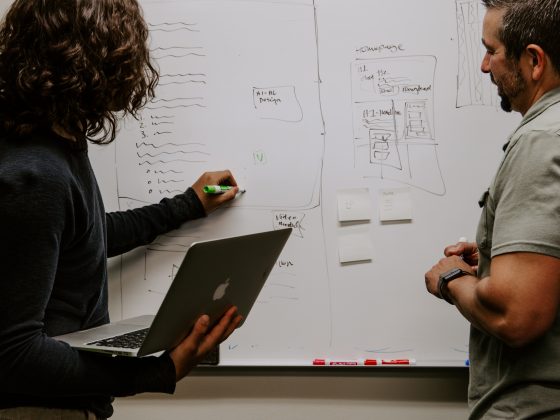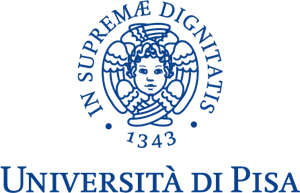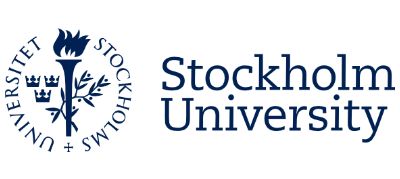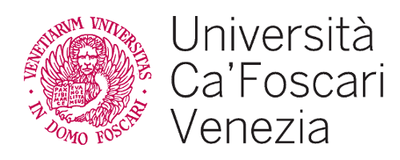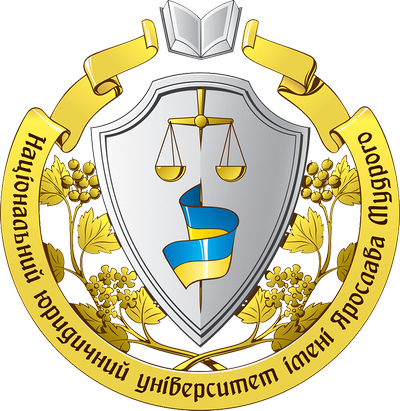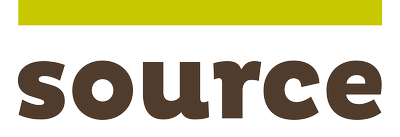A new methodology to measure corporate influence on the rule of law reveals that national systems share common weaknesses in resisting corporate power.
Most measures of the rule of law focus on how well state institutions perform. They track whether courts are independent, whether laws are applied equally, and whether public officials are accountable. However, our pilot study shows that this state-centric view overlooks a key element? of legal and governance outcomes – corporate power.
Large companies, both domestic and multinational, can influence regulation, shape public debate, and limit access to justice. They can restrict participation in decision-making, exert political influence through lobbying or “revolving door” practices, and even avoid accountability through strategic litigation or weak enforcement.
Yet, there has been no dedicated, systematic way to measure this influence. Existing indices, such as the World Justice Project Rule of Law Index, touch on corruption or regulatory enforcement, but they largely treat corporate actors as secondary players. Our pilot study fills that gap.
Building the Corporate Influence Index
Our team designed the Corporate Influence Index with eight dimensions to capture how corporate actors can affect the rule of law. These dimensions range from corporate capture and structural inequality to access to grievance mechanisms.
For example, the index looks at whether governments have measures to prevent corporate capture of local leaders, whether businesses have anti-corruption compliance processes that are linked to human rights, and whether communities have a real voice in projects that affect them. It also covers respect for fundamental rights, protection of civic space, including the right to protest, regulatory enforcement, corporate accountability for abuses, and the availability of effective remedies.
Each dimension was broken down into measurable indicators. These were framed as 22 questions with anchored 1–10 scoring scales, where a high score represented strong protection against corporate abuse, and a low score reflected weak safeguards or negative practices. This structure allowed for consistent assessment across very different national contexts.
Testing the framework in four countries
We piloted the index in the Netherlands, Poland, Serbia, and Ukraine – two EU member states with established legal systems, and two EU candidate countries facing greater governance challenges.
Forty-four experts from civil society, academia, business, government, and international organisations completed the survey. They rated their country against each indicator, drawing on their professional knowledge and experience. We then conducted in-depth, semi-structured interviews with all respondents to validate the results, explore specific examples, and check whether the indicators accurately reflected key aspects of corporate influence.
What the pilot revealed
The exercise showed clear differences between countries but also common weaknesses. Lowest-scoring areas across all four countries included:
- Corporate grievance mechanisms – where they exist, they often fail to meet UN Guiding Principles standards for accessibility, transparency, and effectiveness.
- Meaningful stakeholder engagement – consultations were frequently described as “pro forma” with little real influence for affected communities.
Country contrasts were stark:
- Serbia emerged as the most vulnerable, with pervasive perceptions of regulatory capture, selective enforcement of anti-corruption laws, limited media pluralism, and risks to those who challenge powerful projects.
- Ukraine scored moderately across most dimensions, with civil society activism and some recent legal reforms balancing the impact of systemic corruption and the pressures of war.
- Poland performed better on right to protest, but scored lower than Ukraine on fundamental rights, with some experts linking this to recent rule of law backsliding.
- The Netherlands scored highest overall, benefiting from strong institutions and enforcement capacity – yet experts still pointed to sophisticated lobbying and underdeveloped non-judicial remedies as persistent gaps.
How corporate influence plays out in practice
Interviews brought the numbers to life. In the Netherlands, experts described “a palpable sense” that certain industry lobbies had disproportionate sway over policy, even if formal institutions remained strong. In Poland and Ukraine, “revolving door” movements between government and industry were seen as undermining regulatory independence. In Serbia, respondents spoke of a “completely rigged” system where political and corporate elites were intertwined.
Weak media pluralism – especially where ownership is concentrated among politically connected businesses – was seen as amplifying corporate influence while muting dissent. And across all countries, the absence of effective grievance channels left communities without realistic routes to challenge harmful corporate actions outside the courts.
Why this matters for policy and research
The pilot confirms that a corporate-focused approach to measuring the rule of law is both feasible and necessary. Existing indices can tell us how well the state performs – but they can miss how private power interacts with, and sometimes undermines, those same systems.
For governments, this means going beyond formal protections to actively regulate corporate political engagement, enforce transparency in lobbying and procurement, and ensure communities can participate meaningfully in decision-making.
For businesses, it means embedding human rights due diligence into core operations, not treating it as an add-on CSR exercise, and providing accessible, effective remedies when harms occur.
For researchers, it opens the door to longitudinal tracking, cross-country comparisons, and deeper exploration of how corporate practices shape justice systems over time. With refinement, the Corporate Influence Index could become a standard tool for monitoring and addressing corporate impacts on the rule of law globally.







